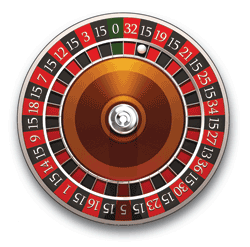On the other hand, people who “play not to lose” seek to protect themselves at all costs and are preoccupied with avoiding risks.

I thought about companies playing to win while I was walking through the exhibition area at the recent 24th IEEE Applied Power Electronics Conference (APEC) in Washington, DC. This year’s APEC took place at a time when, like the rest of the economy, both the semiconductor industry as a whole and the power sector in particular are bracing for a big hit. In-Stat reports worldwide semiconductor revenue will decline by nearly 20% in 2009 to $199.2 billion. And, according to IMS Research, after a reasonably good year in 2008 with total revenues reaching almost $13 billion, the market for power management and driver ICs in 2009 is forecast to fall by 3%, or nearly $400 million.
Even faced with plummeting sales, what I saw and heard at APEC were suppliers recognizing the need to resist the impulse to pull back on new product development. While business was conducted with a spirit of moderation and restraint, it was clear to me that APEC exhibitors seemed to be trying hard to keep the product development cycle in place so things can return to normal smoothly, whenever normal happens to arrive.
Because today’s designers of enterprise computing, networked server systems, and power supplies face increasingly stringent efficiency requirements, it should come as no surprise that many of the new products launched at APEC were aimed at increasing energy efficiency. Happily, opportunities abound as power demand at data centers, for example, continues to grow about 12% per year and power conversion and cooling systems consume half of all electricity used in a data center. In consumer and commercial products, changing to high-efficiency power supplies can results in substantial energy savings; it is estimated that power supplies waste 3% to 4% of U.S. electricity. Reducing switching losses and integrating power components in energy conversion systems are two popular ways of reducing this waste. Does the abundance of new products introduced at APEC mean there were no telltale signs that the financial crisis has hit the power sector?
Don’t be silly.
For one thing, there was a lot of part comparison with “Brands A, B, and C.” Before the turndown, companies were coy about publicly discussing their competition, but at APEC 2009 the gloves were coming off and there was much less reluctance about targeting companies A, B, and C out loud. As the slowdown stretches out, you are likely to see more direct comparisons as companies fight for limited socket space on design boards.
It’ll be a tough fight. But then it usually is when the combatants all play to win.
Murray Slovick
Advertisement
Learn more about Electronic Products Magazine





